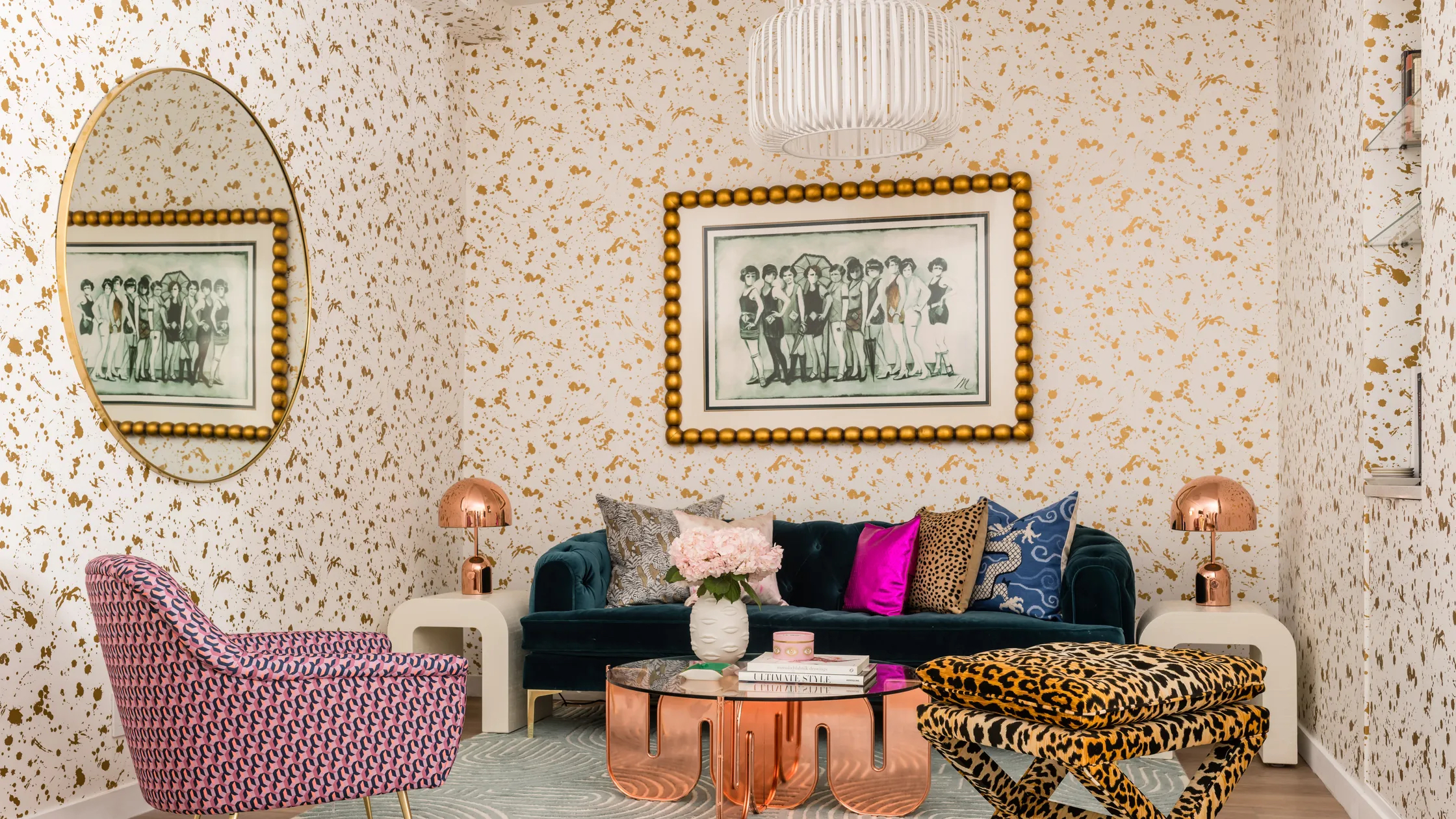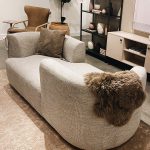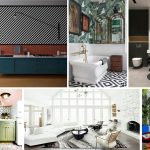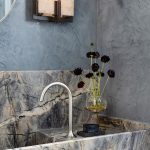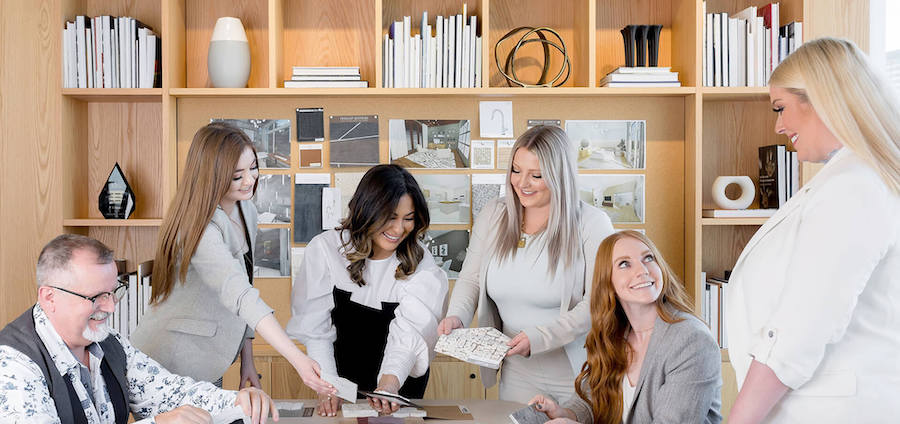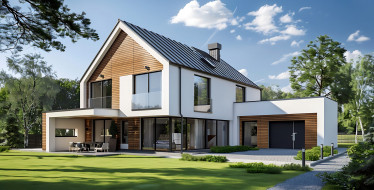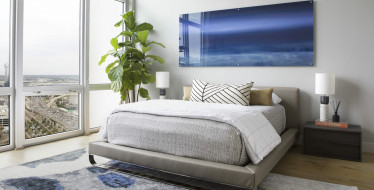Trends are constantly evolving, and one style that has been making waves in recent years is Modern Maximalism. Maximalism is all about breaking free from the constraints of minimalism and embracing a vibrant, bold, and eclectic approach to design. This may seem to go completely against what we typically do which is to design clean, minimal spaces with soothing neutral tones. However, we like a little balance and, if executed properly, there is a way to achieve a modern maximalism look without it looking haphazard or Victorian. Let’s dive into the world of modern maximalism.
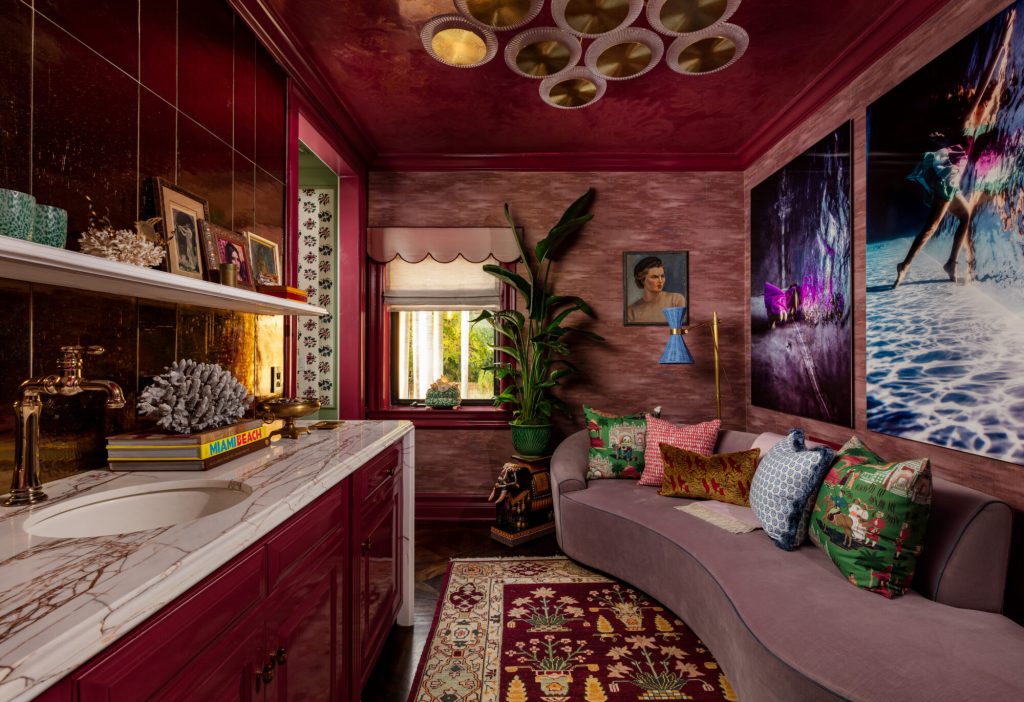
Defining Modern Maximalism
Maximalism, in essence, is the antithesis of minimalism. While minimalism strives for simplicity, clean lines, and a “less is more” philosophy, maximalism revels in excess, exuberance, and opulence. Modern maximalism takes this concept and infuses it with contemporary elements, creating a style that is both extravagant and relevant for today’s design enthusiasts.
The Elements of Modern Maximalism
Bright Colors: One of the most defining features of modern maximalism is the unabashed use of bold and bright colors. Think deep emerald greens, regal purples, fiery reds, and electric blues. These colors are not just used sparingly but are often the focal point of a room. To avoid overwhelming the space, designers often balance these vibrant hues with neutrals or complementary colors.
Textures Galore: Maximalism is all about stimulating the senses, and textures play a pivotal role in achieving this. Plush velvet sofas, shaggy rugs, satin cushions, and glossy lacquered furniture all coexist harmoniously in a maximalist space. This layering of textures adds depth and richness to the design.
Patterns Everywhere: Forget about plain, solid-colored walls. Maximalist interiors are a canvas for a myriad of patterns. From intricate floral wallpapers to bold geometric prints on upholstery, pattern mixing is not just allowed – it’s encouraged. The key is to find a balance and ensure that patterns complement rather than clash with each other.
Bold Design Elements: Modern maximalism is characterized by its daring use of design elements. Oversized chandeliers, sculptural furniture pieces, and statement art are all part of the maximalist repertoire. These bold choices serve as conversation starters and focal points within the space.
Eclectic Collectibles: Maximalist design often incorporates a wide range of collectibles and decorative items. These can include vintage finds, travel souvenirs, art pieces, and more. The eclectic mix of objects tells a story and adds a personal touch to the space.
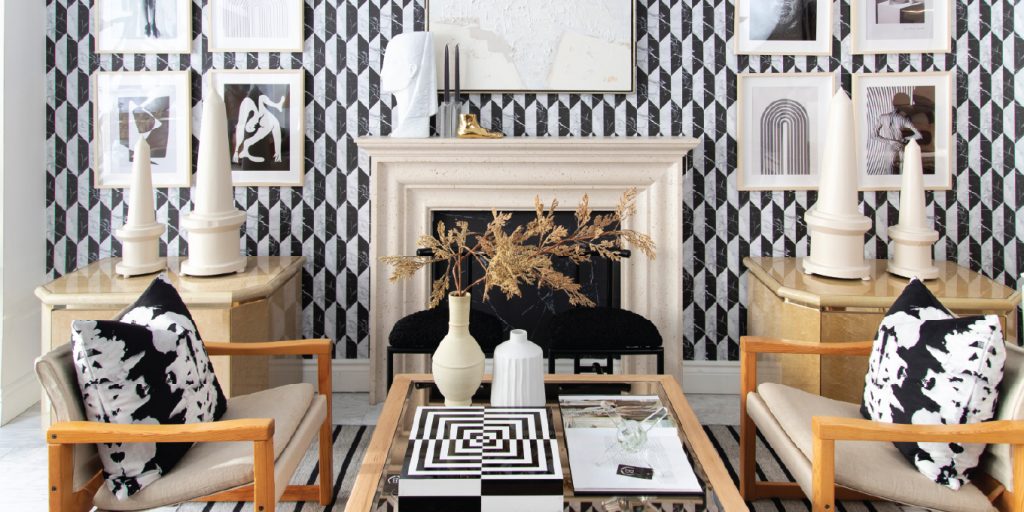
Creating a Modern Maximalist Space
If you’re eager to embrace modern maximalism in your own home, here are some tips to get you started:
Start with a Neutral Base: Begin with a neutral base, such as white or beige walls and neutral-toned furniture. This will provide a clean canvas for your maximalist elements to shine.
Choose a Vibrant Color Palette: Select a bold and vibrant color palette that resonates with your personality and style. Don’t be afraid to go for those rich jewel tones or vibrant pastels.
Mix Patterns Wisely: Mix and match patterns, but do so with a discerning eye. Consider the scale, color, and style of each pattern to ensure they harmonize within the space.
Incorporate Bold Accessories: Add bold accessories like oversized mirrors, ornate frames, and unique sculptures to make a statement.
Layer Textures: Layer textures through the use of textiles, from plush rugs and velvet drapes to satin cushions and leather upholstery.
Modern maximalism is a design trend that celebrates individuality, creativity, and self-expression. It encourages you to break free from design norms and embrace a world of colors, patterns, textures, and bold elements. So, if you’re looking to infuse your living space with energy, personality, and a touch of extravagance, consider giving modern maximalism a try. It’s a style that’s bound to make a lasting impression and turn your home into a true work of art. Intrigued by this bold design aesthetic? Check out this article by our friends at Architectural Digest that dives into this resurging design trend.


